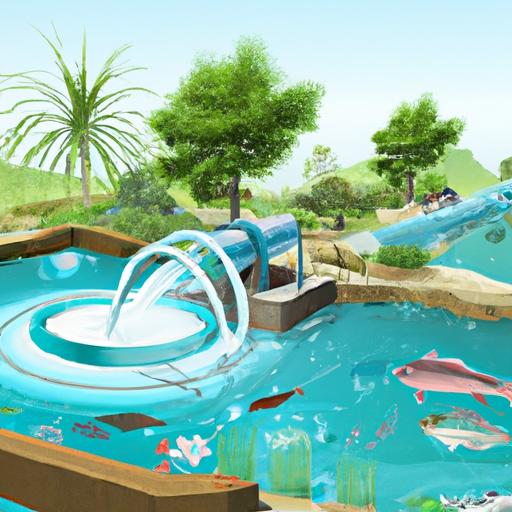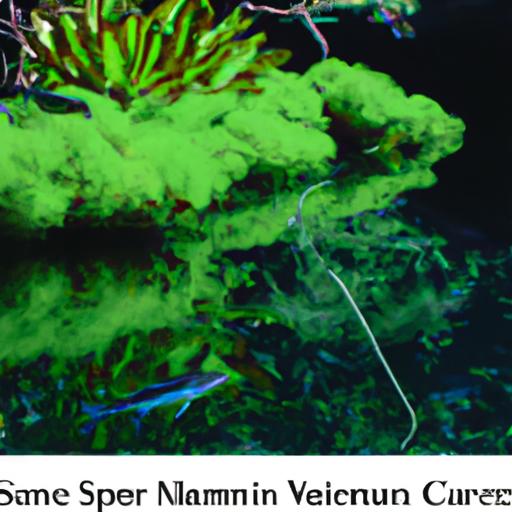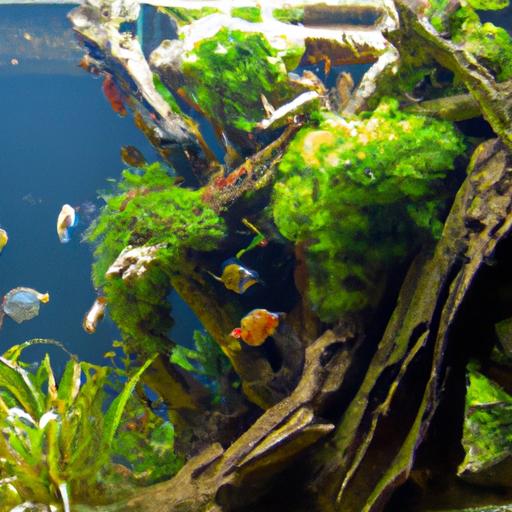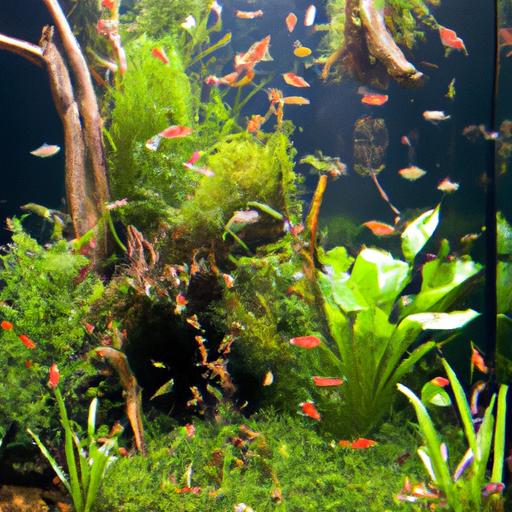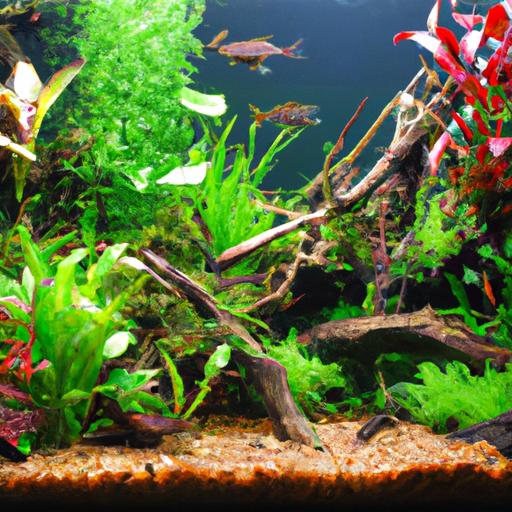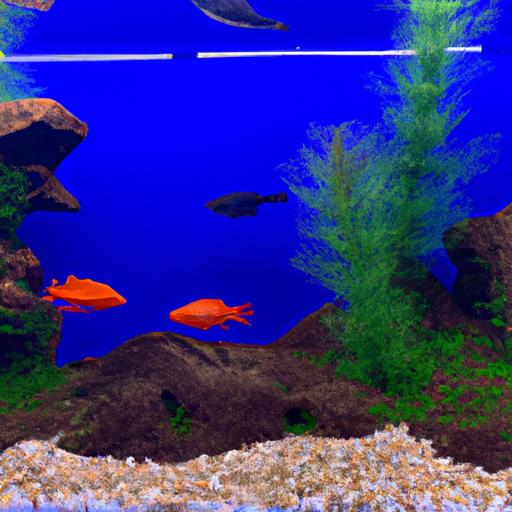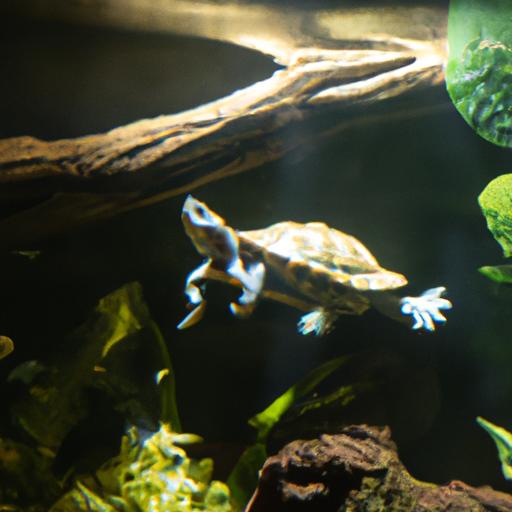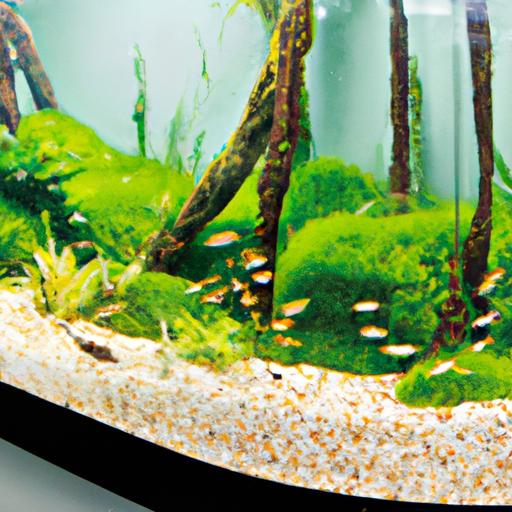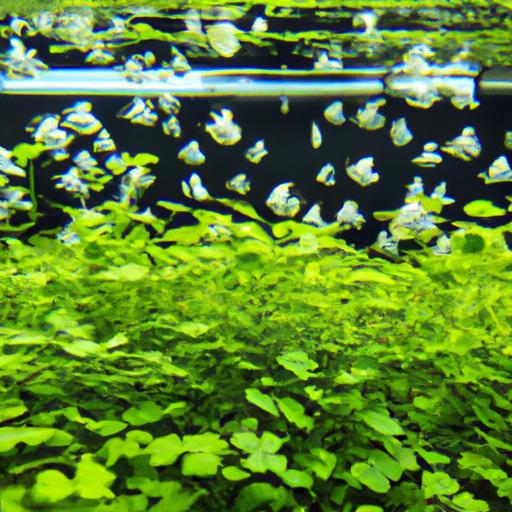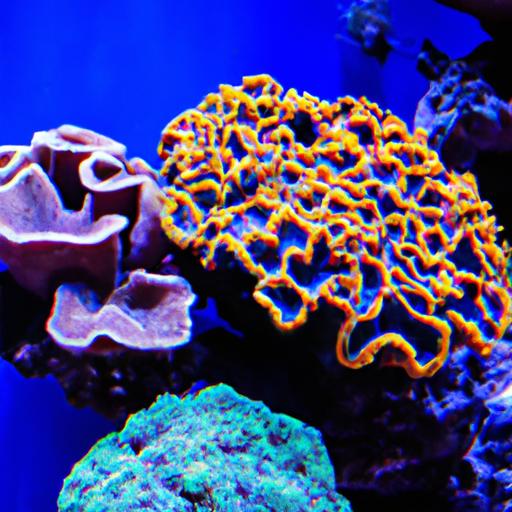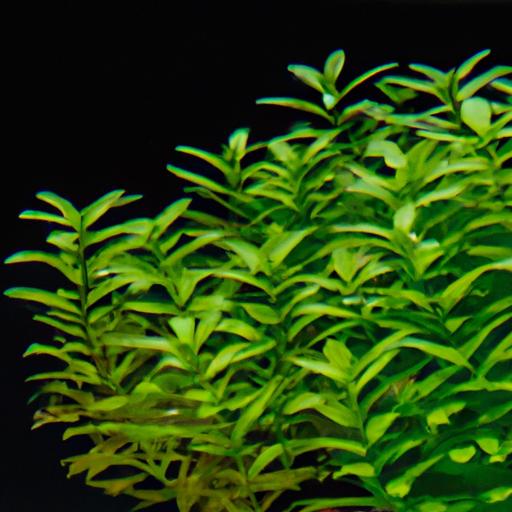
- Home
- Started with Tanks
- Properly Acclimating Freshwater Invertebrates: A Step-by-Step Guide for Success
Properly Acclimating Freshwater Invertebrates: A Step-by-Step Guide for Success
Learn how to properly acclimate freshwater invertebrates to ensure their health and survival in your aquarium. Follow our step-by-step guide now!
Introduction
Are you a freshwater aquarium enthusiast looking to introduce new invertebrates into your tank? It’s important to understand that acclimation plays a crucial role in ensuring the health and survival of these delicate creatures. In this article, we will guide you through the process of properly acclimating freshwater invertebrates, providing you with the knowledge and steps necessary for a successful transition. By following these guidelines, you can create a thriving aquatic ecosystem that benefits both your invertebrates and the overall balance of your tank.
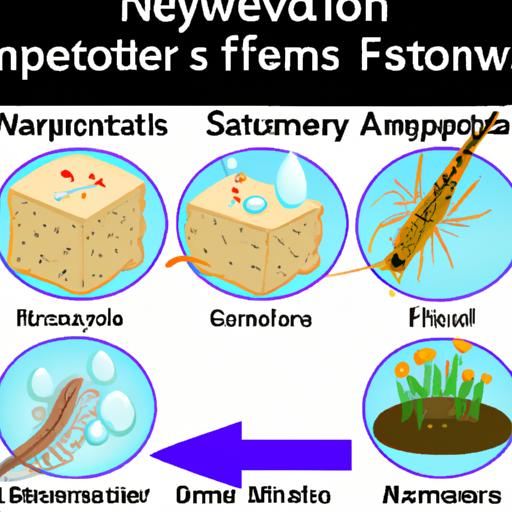
How to Properly Acclimate Freshwater Invertebrates
To ensure a seamless acclimation process, it is essential to follow a step-by-step approach. By understanding the invertebrates’ natural habitat and water conditions, preparing the acclimation container and water, and gradually introducing them to their new environment, you can minimize stress and increase their chances of thriving. Let’s delve into the details of each step:
A. Understanding the Invertebrate’s Natural Habitat and Water Conditions
Before introducing any freshwater invertebrates to your tank, it’s crucial to research and understand their natural habitat and water conditions. Different species have specific temperature, pH, and water hardness requirements. By replicating these conditions as closely as possible, you can provide a comfortable and suitable environment for your new additions.
B. Preparing the Acclimation Container and Water
To ensure a smooth and safe transition, it’s important to prepare the acclimation container and water properly. Choose a clean container that is large enough to hold both the invertebrates and the water they were transported in. Fill the container with a small amount of the water from your tank. This will help the invertebrates gradually adjust to the new water conditions.
C. Slowly Introducing the Invertebrates to the New Water Conditions
The key to a successful acclimation process is to introduce the invertebrates to their new water conditions gradually. Start by floating the sealed bag containing the invertebrates in the acclimation container for about 15-20 minutes. This allows the temperature of the water in the bag to gradually equalize with that of the container. Afterward, open the bag and add a small amount of water from the container to the bag at regular intervals, around every 5-10 minutes. This process, known as drip acclimation, helps the invertebrates slowly adjust to the new water parameters.
D. Monitoring and Adjusting Water Parameters during the Acclimation Process
Throughout the acclimation process, it is crucial to monitor and maintain stable water parameters. Regularly test the water in the acclimation container to ensure that it matches the conditions of your tank. If necessary, make small adjustments to the temperature, pH, or water hardness to gradually match the desired levels. Remember, sudden changes in water parameters can cause stress and harm to the invertebrates, so it’s important to proceed with caution.
E. Gradually Transferring the Invertebrates into the Aquarium or Tank
Once the invertebrates have spent sufficient time acclimating and the water parameters in the acclimation container match those of your tank, it’s time to transfer them. Use a net or a similar tool to gently move the invertebrates from the container to your aquarium. Avoid introducing any water from the acclimation container into your tank, as it may contain contaminants or pathogens. Allow the invertebrates to settle in gradually, giving them time to adjust to their new surroundings before introducing them to other tank inhabitants.
FAQ about Acclimating Freshwater Invertebrates
A. Should I Acclimate All Freshwater Invertebrates?
In general, it is recommended to acclimate all freshwater invertebrates before introducing them to your tank. While some species are more tolerant of changes in water conditions, acclimation helps reduce stress and increases their chances of survival and successful integration into the ecosystem.
B. How Long Should the Acclimation Process Take?
The duration of the acclimation process can vary depending on the species and their individual adaptability. On average, it is recommended to allocate at least 30 minutes to an hour for the entire process. However, more sensitive species may require a longer acclimation period, lasting several hours or even overnight.
C. What Are the Signs of Improper Acclimation?
Improper acclimation can lead to various signs of stress or distress in freshwater invertebrates. These may include lethargy, loss of appetite, excessive hiding, abnormal coloration, or even death. If you notice any of these signs, it is crucial to take immediate action to address the issue and provide the necessary adjustments to the water conditions.
D. Can I Skip the Acclimation Process If the Invertebrates Are Hardy?
While some freshwater invertebrates are known to be hardier than others, it is generally not recommended to skip the acclimation process entirely. Even hardy species can experience stress and negative impacts from sudden changes in water conditions. By acclimating them properly, you ensure a smoother transition and give them the best chance of thriving.
E. Are There Any Alternative Methods for Acclimation?
While the drip acclimation method is widely considered the most effective and reliable, there are alternative methods available. These include the “float and add water” method, where you gradually introduce water from your tank to the bag containing the invertebrates. However, it is important to note that these alternative methods may not provide the same level of control and precision as the drip acclimation method.
Conclusion
Properly acclimating freshwater invertebrates is a crucial step in their successful integration into your aquarium. By understanding their natural habitat, following a step-by-step acclimation process, and monitoring water parameters, you can minimize stress and increase their chances of thriving. Remember, a healthy and balanced aquatic ecosystem starts with proper acclimation. So, take the time to provide the best possible transition for your new invertebrate companions, and enjoy the vibrant beauty they bring to your tank.
For more information and a detailed guide on properly acclimating freshwater invertebrates, visit this link.
